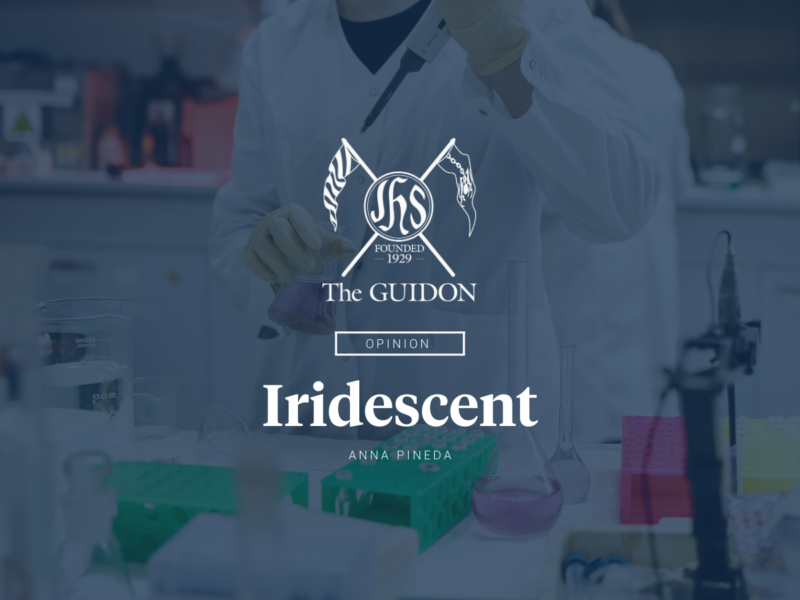AIMING TO enhance the well-being of children aged 0 to 18, the Pantawid Pamilyang Pilipino Program (4Ps) has benefitted 5,220,953 poor families in its 16 years of implementation. The program has also been noted to be a contributing factor to the decline in the Philippines’ poverty incidence from 25.2% in 2012 to 16.6% in 2018.
However, despite the optimistic outlook of these statistics alongside economic growth, progress in poverty incidence has remained unchanged. In actuality, the Commission on Audit (COA) reported in 2022 that 90% of the 4Ps’ cash grantees remain poor, warranting a further look into the true extent of the program’s impact on its beneficiaries’ welfare today.
For the poorest of the poor
Patterned after successful conditional cash transfer programs in other countries, the 4Ps is a social assistance program of the government that intends to provide cash grants to the “poorest of the poor.” To qualify for the 4Ps, individuals must be residents of the poorest municipalities based on the National Statistical Coordination Board’s Small Area Estimates. They must also belong to households whose incomes are at the provincial poverty threshold or below it. Additionally, their households must contain children aged 0 to 18 or a pregnant woman at the time of assessment.
Household beneficiaries receive two types of cash grants: a monthly health grant of Php 500 per household totaling Php 6,000 annually; and a monthly education grant of Php 300 per child for ten months, totaling Php 3,000 annually per child with a cap of three children per household. These grants are disbursed through the Land Bank of the Philippines (LBP) or alternative methods like GCash remittance and rural bank transactions.
While the short-term goal is to ease beneficiary families’ budgets and foster their children’s human capital, Development Studies Associate Professor Leland Dela Cruz, PhD noted that the long-term goal of the 4Ps is to ultimately increase the family’s future income.
“One theory of change here is that after several years, […] their children will be able to finish high school and find gainful employment, which will get the family out of poverty,” Dela Cruz explained.
Through the 4Ps, beneficiaries’ increased educational attainment is hoped to lead to job opportunities and eventual socioeconomic mobility.
Bane or boon
Since its undertaking, the program has had significant successes. The 4Ps have been noted to help reduce food poverty among beneficiaries, increase gross enrollment rates for children ranging from 12 to 17 years old, and expand access to healthcare services for children.
However, the 4Ps also has its pitfalls. In periodic impact evaluations, the Department of Social Welfare and Development (DSWD), in partnership with the Asian Development Bank (ADB), observed gaps in the monitoring and compliance efforts of the program. For instance, there existed a trend among families with multiple children to not maximize the three-child cap on educational grants and monitoring, which underscores the lack of proper monitoring on the part of the DSWD.
Another study conducted in 2019 by Asia Pacific Journal of Public Health also discovered that children from beneficiary families and non-beneficiary households were equally prone to stunting and poor nutritional status, indicating that the 4Ps may make no impact on families’ wealth and food security.
Moreover, Economics Associate Professor Geoffrey Ducanes, PhD highlighted that recent modernization efforts pose the problem of increasing costs of living beyond what the cash transfers can afford. For instance, the jeepney modernization program may entail a loss of livelihood for not only operators but also commuters, due to Filipinos’ widespread reliance on jeepneys. In the face of these economic developments, programs like the 4Ps are insufficient to truly alleviate poverty.
Down the road
By themselves, cash grants and other financial aid programs cannot resolve the crisis brought upon by poverty. Ducanes stressed that alongside providing more livelihood opportunities, one step toward improving the 4Ps would be to reinforce its targeting.
“Who should be prioritized among the poor? Perhaps households with the lowest human capital levels. Perhaps for these households, the amount of financial support can be increased. These kinds of refinements can improve [the] 4Ps,” Ducanes said.
Dela Cruz further added that improving the quality of social services is equally crucial for poor families. “There is a need to improve social services, particularly in terms of health, which the 4Ps impact assessment says is problematic in terms of supply. Ill health can quickly drive families [back] into poverty,” he asserted.
According to Dela Cruz, the government may opt to consolidate and improve the coordination between 4Ps and healthcare interventions to provide appropriate financial support.
Essentially, 4Ps has greatly improved the living conditions of many Filipino families, specifically through poverty reduction and extensive socioeconomic change in the country. However, it cannot eradicate poverty on its own, as doing so requires many policy and institutional refinements needed to achieve inclusive and holistic development.



